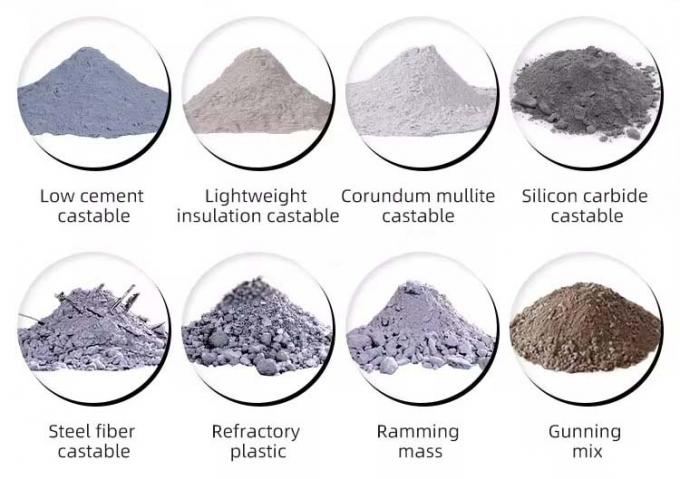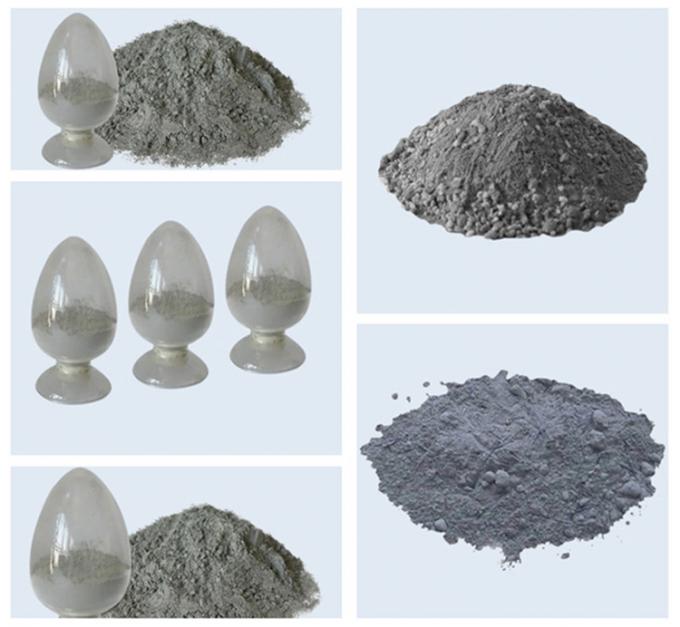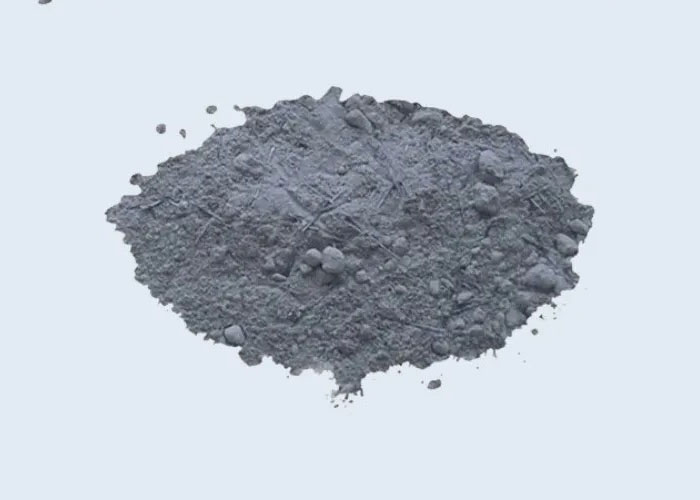Product Description of Ultimate Acidic Resistance High-Performance Silica Refractory Ramming Mass For Induction Furnaces

Refractory Ramming Mass is an unshaped refractory material which is prepared by ramming (manual or mechanical) method and hardened by heating at a higher temperature.Ramming materials into acid, neutral, alkaline three
Refractory Ramming Mass uses high-quality high-alumina, corundum and spinel, fused and high purity magnesite as the main raw materials, add a variety of different binding agents and special properties of the fine powder materials, such as by the fine ratio and mixing made.
Refractory Ramming Mass Main Include:
We offer a wide range of options including Aluminum-magnesia ramming material, high-alumina (or corundum) – silicon carbide – carbon ramming material, alkali refractory ramming material and zirconium mullite ramming material. All the products are directly supplied by Rongsheng Refractory for reliable performance and fast delivery. Each product is crafted to meet the highest industry standards, ensuring durability, efficiency, and competitive pricing for your industrial needs. Trust us for excellence in refractory materials, tailored to enhance the performance of your high-temperature applications.

Refractory Ramming Mass Features
1.On the face in cotact with liquid metal there is a dense sintered layer where tightness of liquid metal is quite perfect.
2.Thermal conductivity is lower than other refractoriness so the Thermal loses are less than any other kind of refractory.
3.Good resistance to temperature change.
4.Low cost in furnace lining.
5.Short heating and sintering time through dry preparation Of masses.
6. Strong resistance to erosion.
Ramming Mass Applications
Our Ramming Mass mainly used for furnace lining of boiler, blast furnace, hot blast stove, heating furnace, ceramic kiln and various industrial furnaces.
Ramming Mass Physical And Chemical Index
|
Name
|
Composition
|
Application
|
Note
|
|
Carbon packing material
|
Metallurgical coke powder (less than 4mm) 80%
Dehydrated coal tar 15% Coal pitch 5% |
The gap between blast furnace base clay brick masonry and furnace shell, blast furnace hearth, the gap between furnace hearth clay
brick or high alumina masonry and surrounding cooling wall |
Volume ratio
|
|
Carbon ramming mass
|
Metallurgical coke powder (less than 4mm) 85%
Dehydrated coal tar 5% Coal pitch 10% |
Blast furnace lining
|
(mass ratio)
|
|
Magnesia ramming mass
|
Magnesia sand (granularity ≤5mm) 85%
dehydrated coal tar 15% |
Lateral lifting open hearth furnace bottom
|
(Volume ratio)
|
|
Magnesia sand 89%~91.5%
dehydrated coal tar 7%~9% coal pitch 1.5%~2% |
Electric furnace bottom
|
(mass ratio)
|
|
|
Magnesia sand 89%
iron oxide powder 2% dehydrated coal tar 9% |
Electric furnace bottom and ramp
|
Mass ratio
|
|
|
Chrome plastic refractory
|
Chromite 97%
binding clay 3% water glass 7% |
Soaking pit hearth central part, burner nozzle surrounding
|
(mass ratio)
|
|
Magnesia ramming mass
|
Magnesia sand 50%
clay refractory mortar 30% laterite 5% coke powder 5% Iron oxide powder 10% Brine (for extra addition) |
Soaking pit hearth central part, burner nozzle surrounding
|
(mass ratio)
|
|
Chrome oxide ramming mass
|
Chromite (granularity ≤3mm) 90% Iron oxide
(granularity ≤3mm) 5%
|
Circular heating furnace bottom
|
(volume ratio)
chromite ingredient requirement: Cr2O3>35% |

